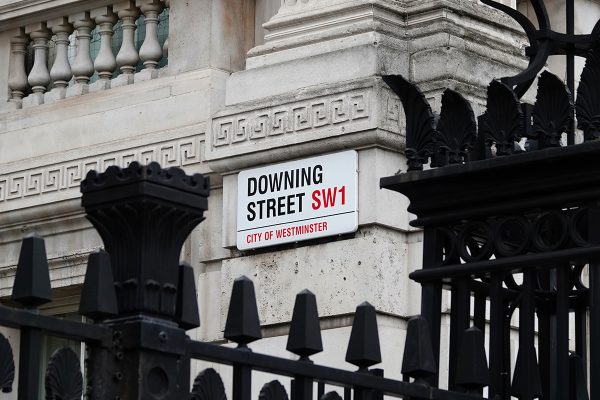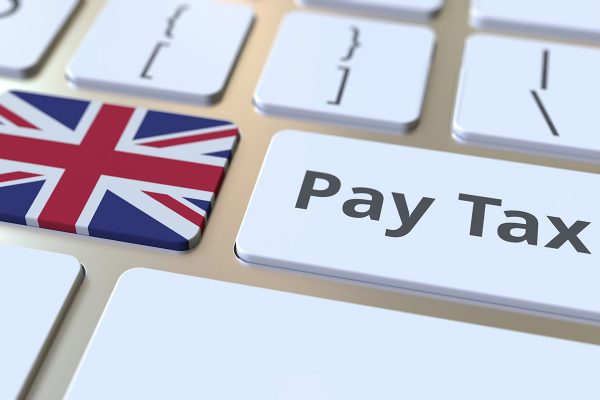This weekend, on the 6th of January, National Insurance rates were cut for salaried workers by 2p from 12% to 10%. This should give workers an additional £450 per year for the average salaried worker on £35,400, although it will be less for those on lower earnings.
NI is paid on earnings between £12,571 and £50,270, so if you want to understand how much you will be saving, their is a National Insurance cut calculator on gov.uk.
Self Employed workers will have to wait until the 6th of April 2024 for their National Insurance cut, which the government says will save £350 for the average self-employed person on £28,200.
There’s a lot of noise in the news that despite the cut to NI, households will be paying more tax. This isn’t because tax rates have risen but is due to pay rises – The National Insurance and Income Tax thresholds (the levels at which you start to pay tax or start to pay higher rate taxes) have been frozen and so a pay rise could mean you’ll pay more tax, however you’ll only be paying tax on effectively your pay rise, making it not quite as attractive as it might seem at first glance.
The sad reality is that during the pandemic millions of pounds were handed out by the government to support furloughed workers and businesses, immediately followed by a cost of living crisis and spiralling energy costs where even more government cash was splurged supporting consumers. You might (perhaps justifiably) have a pretty dim view of the current government, but the reality is that even with a chance of party leading the country there simply isn’t much cash left in the kitty to support massive tax cuts in the near future.
Which ever way you cut it, if your earnings are rising (and for millions the rise to the minimum wage in April from £10.42 to £11.44) may bring them into paying income tax for the first time. The tax burden will continue to rise, probably until at least April 2028 which is when the current freeze on tax thresholds is expected to last until.







![! Social Web Template [Recovered] Amazon Future Engineer Scholarship recipients](https://channelx.world/wp-content/uploads/elementor/thumbs/Amazon-Future-Engineer-Scholarship-recipients-qx1k9h8ihd702da3gf56eb3zfdgmqby55wi2ln5bq8.jpg)

